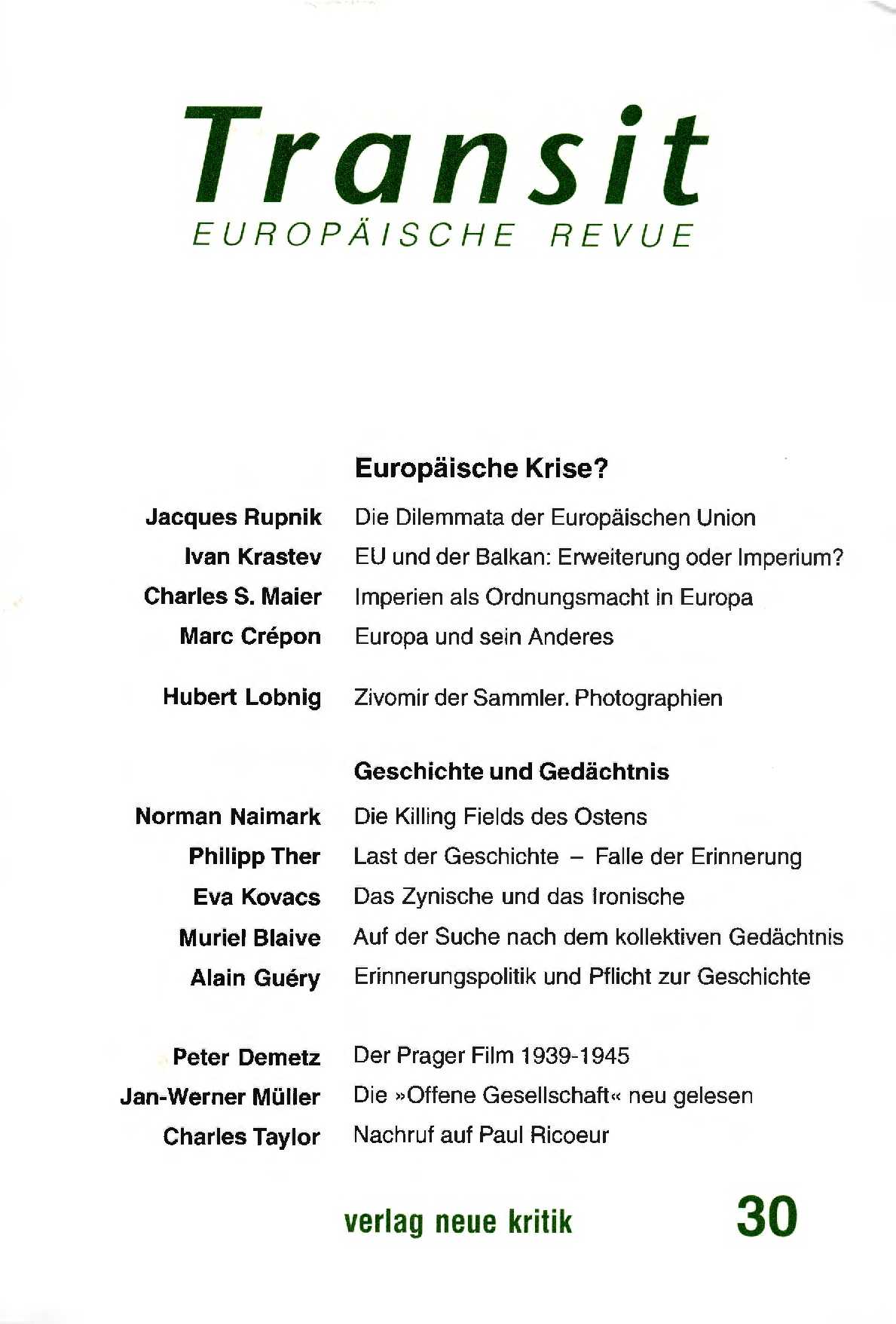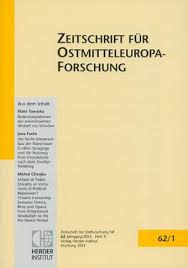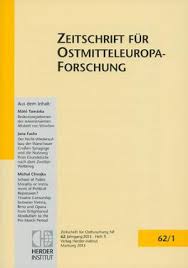Author(s): Gaëlle Fisher / Language(s): English
Issue: 01/2019
Over the course of the 1990s, the region of Bukovina, once the easternmost province of the Austrian half of the Habsburg Empire, gained unprecedented visibility abroad. This was the case in German-language space in particular. There, Bukovina became the subject of newspaper articles, books, films, and exhibitions; travel and tourism to the area developed; political agreements and partnerships were even established between German or Austrian and “Bukovinian” regions. These initiatives, across “East and West,” across the former Iron Curtain, were meant to bridge the former divide. But many were based on proclaimed historical and cultural connections: as the widespread slogan read, Bukovina “returned to Europe.” In the process, historical Bukovina, by then split between Romania and a newly independent Ukraine, was not so much rediscovered as resurrected, reconstructed, and reinvented on the basis of existing ideas and assumptions. This raises a range of questions: why Bukovina, why in these countries, and why then? In this article, I identify different groups of actors, trends, and phases in the popular resurgence of Bukovina after 1989–1991 and highlight their origins, differences, and interactions. By tracing the activities and narratives of some of the key actors of the reinvention of the region after 1989–1991, this article explores the tensions between visions of the past and visions of the future in Germany, Austria, and Europe after 1989. It thereby also contributes to a critical reflection on the meaning of the wider “return to Europe” of Central and Eastern Europe after the end of the Cold War.
More...




















